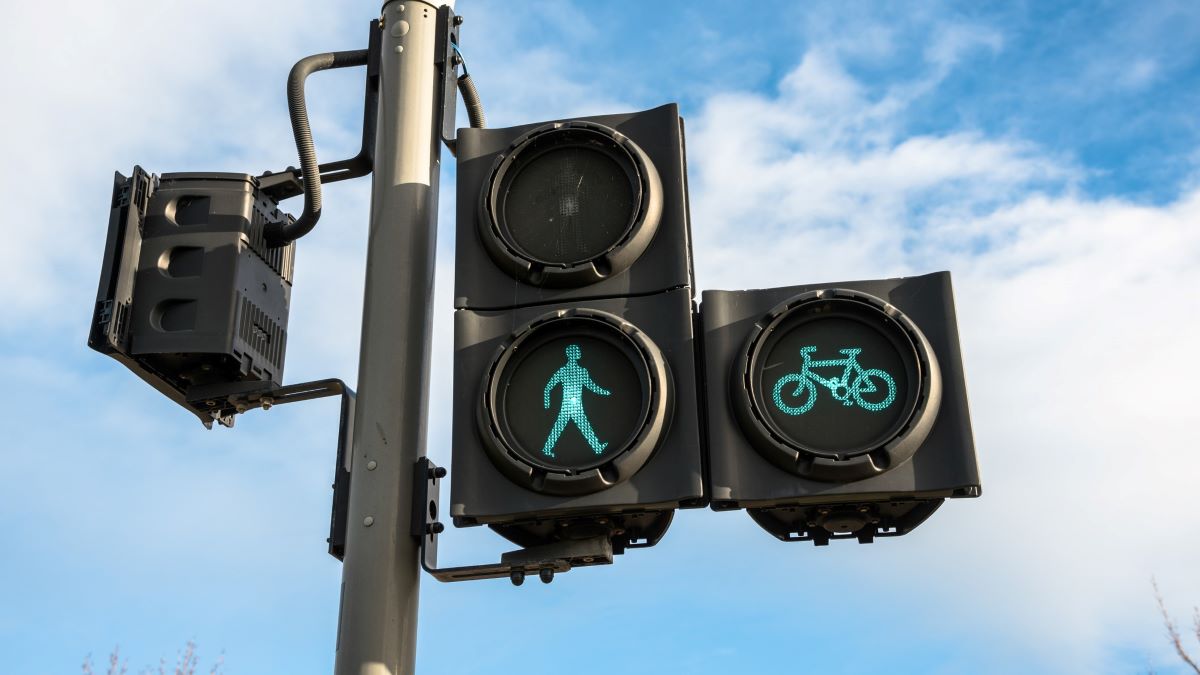Guest blog by Living Streets
Many of us have come to value the respite offered by a daily walk since the Coronavirus pandemic unfolded. As the UK government told us to avoid non-essential travel during lockdown, we were all forced to consider whether each car journey was necessary or not. And it turned out, many weren’t.
It shouldn’t be a great surprise.[1] Over half of car and van trips made last year were under two miles; these are distances that can easily be walked or cycled by many. And during lockdown, many of us chose to walk or cycle instead. At Living Streets, we now want to see support so people can make these changes in a post-lockdown world, too.
Why walking?
We are in the midst of a climate emergency, with air pollution responsible for over 40,000 premature deaths a year in the UK, with the health and social care costs of air pollution in England predicted to reach £5.3 billion by 2035.[2] The transport industry is responsible for more carbon dioxide emissions than any other industry.
At the same time, we are facing a physical inactivity crisis, with obesity levels at a record high and increasing concerns about mental health problems across the country. Walking is the free, easy and accessible solution to all these problems. Why would we not do more of it?
One answer is that our streets don’t support walking. Placing walking and cycling at the heart of our transport system will allow us to emerge from the COVID-19 pandemic stronger, and is essential for transport decarbonisation. So how do we do that?
Build back better

We want people to travel in healthier and more sustainable ways. Reducing private car use is vital if we’re to tackle the urgent climate emergency and create stronger, healthier and less polluted communities. That’s why we want to harness this newfound realisation people are having that the car doesn’t have to be at the heart of our communities.
However, a desire to travel more sustainably will only get us so far. We need streets and spaces that support people to walk, cycle and use public transport more.
We are at a critical juncture in how we view our streets and transport. We have a real chance to reset transport priorities, putting the health and wellbeing of individuals, the environment, and our local economies first.
Lockdown has shone a light on many of the issues with our walking environments. The constraints of physical distancing have highlighted that our pavements are inadequate, especially for children, those in wheelchairs and the visually impaired, and vehicles travel too fast on our roads.
There have been lots of temporary provisions made to allow people to walk and cycle while practising physical distancing. Making such provisions permanent while ensuring accessibility and integration with public transport must be part of our recovery strategy, so we can address the other crises we’re facing around physical inactivity, air pollution and climate change – none of which have gone away during the pandemic.
The improvements that governments across the UK are encouraging – low traffic neighbourhoods, school streets, reallocation of road space to walking and cycling – are essential to tackling these crises for the long term.
Cycling and Walking Plan

The UK government is keen for us not to stumble back into using cars. too. In July, the Prime Minister unveiled the government’s ‘most ambitious plans yet to boost cycling and walking’.
The Cycling and Walking Plan follows the government’s Obesity Strategy and focuses on the role walking and cycling can play in getting the nation moving, along with its function in reducing carbon emissions.
Publishing the report, the Department for Transport said “[the] new plan aims to build on the significant increase in the number of people cycling during the pandemic. It sets out a comprehensive, long term vision to increase active travel and embed the benefits of walking and cycling into how we live, work and get around.”
At Living Streets, we fully support plans to encourage more walking and cycling. As part of the package of measures, the government has launched a consultation on its proposed revisions to the Highway Code – applicable across England, Scotland and Wales – to make it safer for people walking and cycling.
At the heart of the proposed changes is the belief that “the purpose of the Highway Code is to promote safety on the road, whilst also supporting a healthy, sustainable and efficient transport system.”
A key feature of the proposals is the idea of a ‘hierarchy of responsibility’, with road users who cause the greatest harm having a greater responsibility to reduce the threat they pose to others.
The Highway Code currently treats all road users – from children walking to lorry drivers – as if they are equally responsible for their own or other people’s safety. However, people walking cause the least road danger but are often left paying the price, with pedestrians accounting for over a quarter of road deaths.
Road users who have potential to cause the greatest harm, such as the drivers of large motor vehicles, should also take the greatest share of responsibility to reduce the danger they pose.
Whether we choose to drive or cycle, we are all pedestrians at some point. These proposed revisions will benefit all of us.
You can have your say on the Highway Code by visiting livingstreets.org.uk/no1.
[1] 51%, National Travel Survey 2019
- if you live in Scotland, check out the ebike loan
- read our top tips on cycling
- learn how to save money by cycling